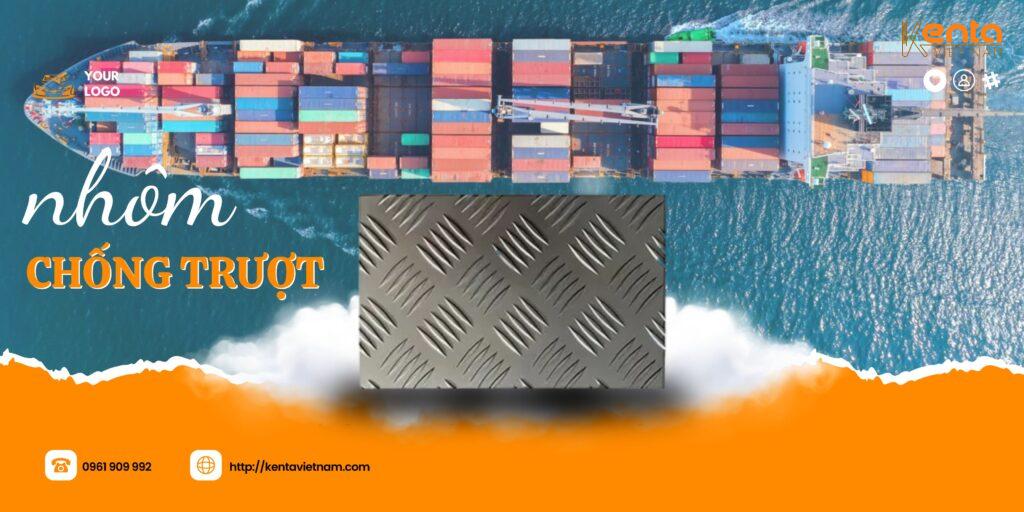Knowledge, Technology
3003 Anti-slip Aluminum — Properties, Applications, and Selection Guide
3003 anti-slip aluminum is a patterned aluminum sheet commonly used for floors, stairs, and industrial platforms requiring anti-slip properties. Thanks to its 3003 alloy nature with good corrosion resistance, this sheet is both lightweight and safe for walking areas. This article provides a scientific analysis of its composition, mechanical properties, anti-slip mechanism, and appropriate selection for engineering projects.
Anti-slip Mechanism and Surface Design
The anti-slip effectiveness of 3003 sheets does not come from the material composition but from the surface design. Rolling or stamping processes create patterns such as diamond, ribbed, or raised patterns. These patterns increase friction, help drain water, and reduce contact area when the surface is wet. As a result, the risk of slipping is significantly reduced in wet or greasy conditions, and the surface lifespan is optimized if the rib height and pattern density are chosen correctly.
Processing, Welding, and Surface Treatment of 3003 Anti-slip Aluminum
Aluminum 3003: is easy to process by cutting, bending, and pattern rolling. MIG/TIG welding can be performed well if heat control procedures are followed and appropriate welding wire is selected. Since this alloy is not heat-hardened, cold working and deformation control are essential to avoid warping or loss of shape. After processing, finishing options such as anodizing or powder coating help increase corrosion resistance and improve the aesthetic appeal of the surface.
Mandatory Standards and Certifications for 3003 Aluminum Sheet
Commercial 3003 aluminum sheets typically comply with international standards such as ASTM B209 or corresponding EN/ISO standards. Each shipment should be accompanied by a Mill Test Certificate (MTC) or CO/CQ to verify chemical composition and mechanical properties. This technical documentation requirement is a mandatory step when participating in industrial projects to ensure material compatibility during processing, welding, and final use.
Practical applications of 3003 anti-slip aluminum in industry are often found in vehicle floors, truck beds, ship walkways, stairs, and factory floors. The combination of lightweight, corrosion resistance, and patterned surface makes it a balanced solution for many applications requiring walking safety and easy cleaning. In cases where components are subjected to heavy loads or strong impacts, it is necessary to consider increasing the sheet thickness or choosing a higher-strength alloy to ensure long-term durability.
Brief Comparison of 3003 Anti-slip Aluminum with Other Aluminum Grades
Compared to grades like 1050, 3003 has higher strength due to the presence of manganese, but when compared to 5xxx series alloys (e.g., 5754, 5083), 3003 is generally inferior in tensile strength and corrosion resistance in severe seawater. Therefore, the choice between 3003 and other grades must be based on a balance between mechanical property requirements, environmental conditions, and overall cost.
Services and Technical Support from Kenta
At Kenta VietNam At Kenta Vietnam, we provide 3003 anti-slip aluminum sheets with MTC/CO documentation and offer consultation on thickness, patterns, as well as processing and acceptance procedures. But Kenta technical team supports sample inspection, quality control upon import, and provides recommendations to optimize costs while ensuring project safety.
3003 anti-slip aluminum is a practical solution for applications requiring anti-slip, lightweight, and good corrosion-resistant surfaces. Understanding the composition, anti-slip pattern mechanism, technical documentation requirements, and processing conditions will help businesses select the right material, save costs, and ensure user safety.




















